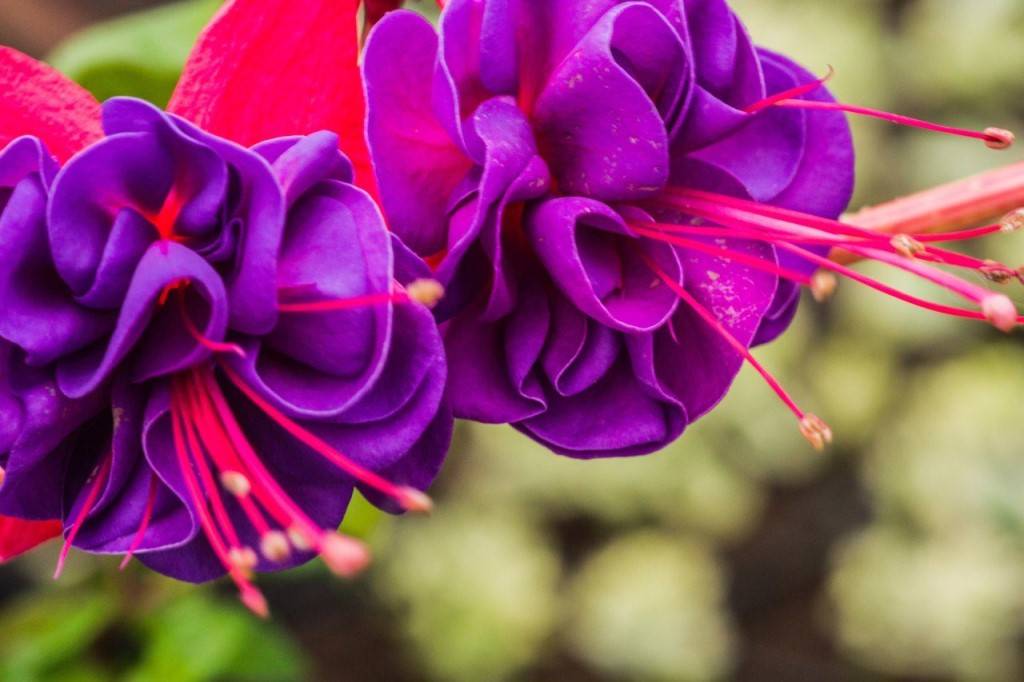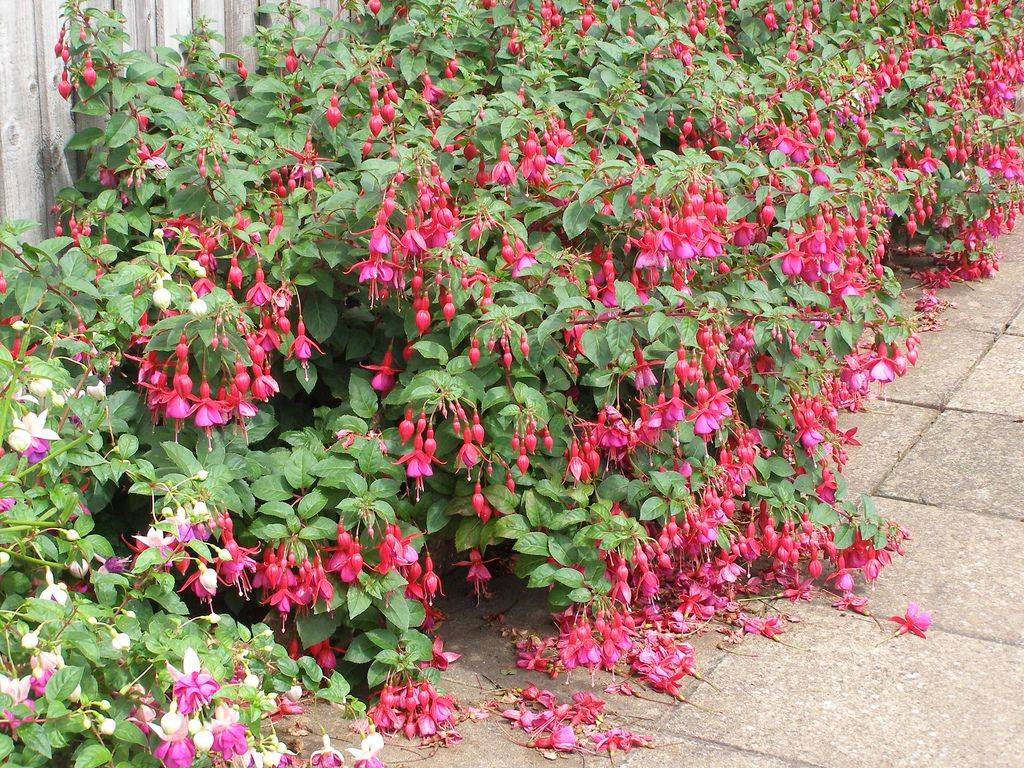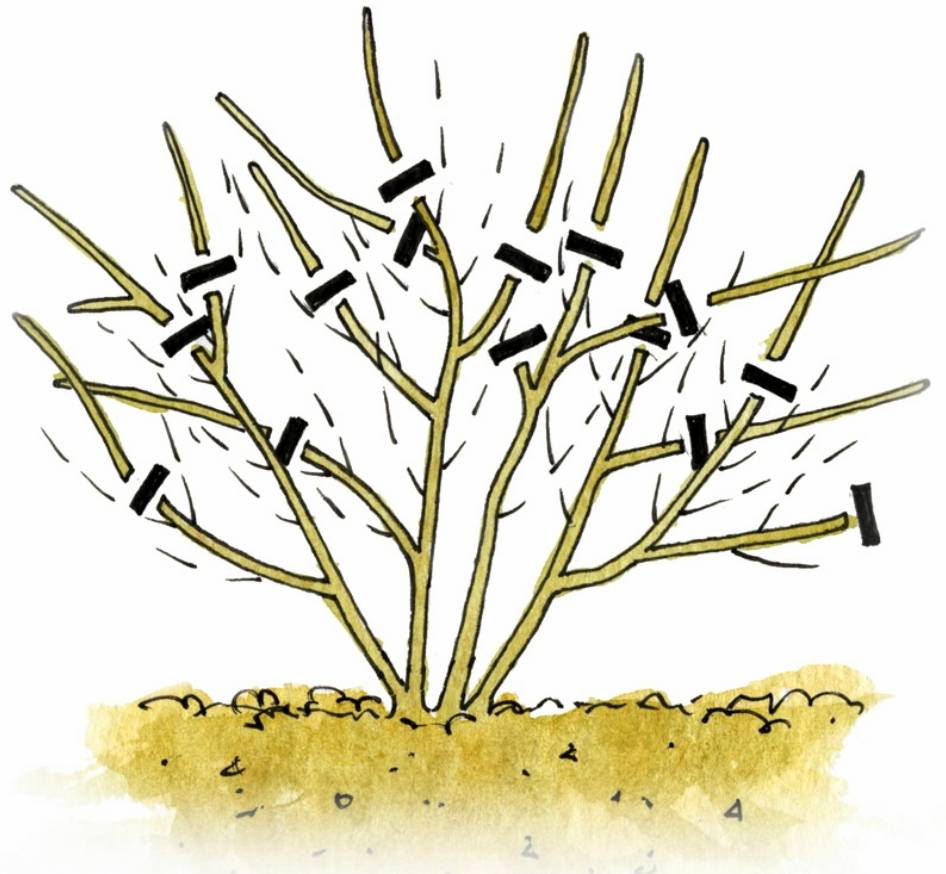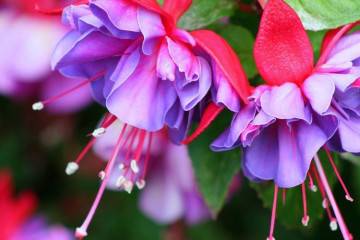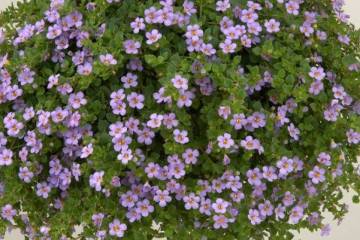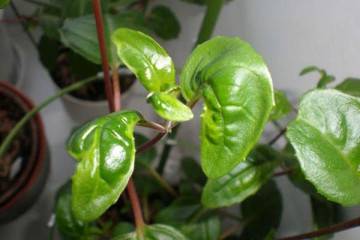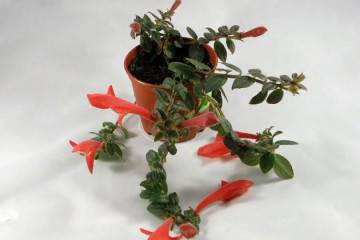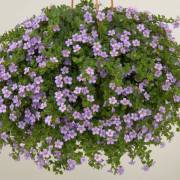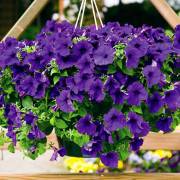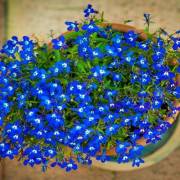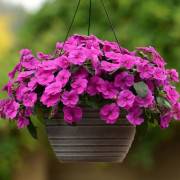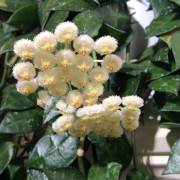Forming fuchsia at home and pruning
Content:
Fuchsia (Fúchsia) belongs to the Cyprus family. This perennial evergreen flower comes from the southern hemisphere (Central and South America, New Zealand). More than 100 types of culture have been studied. It has been cultivated as a house plant for over 300 years. Caring for this flower has its own nuances, which it is better to know about in advance.
Formation of fuchsia at home
The plant has very unusual flowers. Fancy-shaped buds combine several shades. It is not for nothing that the flower is popularly known as a ballerina, gypsy earrings, and the flower of elves.
The flower adapts well to the conditions of detention, grows quickly, so it has to be cut regularly, that is, given the desired shape. What it will be depends on the wishes of the owner.
First of all, pruning is needed to remove shoots:
- damaged;
- too long, thin, naked;
- lignified.
Faded branches should be removed regularly to the young buds under them.
How fuchsia grows
In nature, there are shrubby and tree-like varieties of ballerina. Both have elastic flexible stems. An adult plant in natural conditions reaches a height of 1 m. The leaves are not very large. The shape of the leaf is an oval pointed at the end. The colors are green and green-reddish. The edge of the plate is slightly serrated.
Do I need to pinch fuchsia
Many amateur flower growers are interested in how to pinch fuchsia at home and whether it needs to be done. You need to pinch fuchsia, you just have to wait for the beginning of flowering, otherwise you can cut off the flower bud.
During the growing season, it is useful to repeat the procedure twice a month. This will help slow the growth of the crown.
How to pinch fuchsia at home
Pinching fuchsia means shortening the tips of very young shoots, as pinching fuchsia means allowing mature stems to bloom. In the current season, the weak will no longer have time to bloom, which means they will pull food to the detriment of the blooming ones.
It will be correct to pinch the main branch of fuchsia at an angle. Soon, new shoots will appear under the cut. After a while, they should also be pinched.
Crown formation
Forming fuchsia at home is a pretty exciting experience. Gypsy earrings can be given any look, but the flower is especially beautiful in the shape of a ball. The shoots of the plant can be twisted around the support. Naughty branches can be braided to properly growing ones.
You can also grow a standard tree or a pyramidal bush. They are usually created on the basis of upright varieties of culture. It is the formation of a fuchsia crown from such powerful and vertically growing branches that is most convenient.
Ampelous planting of culture looks gorgeous.If desired, almost any variety lends itself to the formation of ampelous fuchsia. Flexible, long stems easily bend downward, especially under the weight of flowering buds.
Hanging pots with a waterfall of dense greenery and chic earrings can decorate vacation spots, an apartment, a house. So how to form fuchsia depends only on the imagination of an amateur grower.
Meanwhile, gardeners choose special varieties for ampelous cultivation. Their whips are even more flexible and thinner, of which a lot grows.
The most popular ampel varieties in terms of bud colors:
- Cascade - red corolla, white sepals;
- Marinka - purple corolla, red sepals;
- Pinc Galore - pale pink corolla, pink sepals
- Swingtime - white corolla, red sepals.
Pruning home fuchsia
A home bush needs pruning less often than its garden cousin. The size of the indoor flower is not very large, so care is required when forming the crown.
It is necessary to cut off the tips of young stems, but not more than 1.5-2 cm. Then, on each cut off, two (sometimes more) new shoots will grow. The flower will quickly bush, it will become almost twice as lush.
At the end of each new shoot, inflorescences are formed. Therefore, the more branches you cut, the more magnificent the flowering will be.
After flowering, the main pruning is carried out. Its goal is the quality of flowering in the coming season. In addition, it involves cleaning the bush from all substandard shoots, preventing diseases and pests.
How to prune fuchsia in spring
It is important to know when and how to prune fuchsia in spring. Spring pruning takes place at the end of April. It is aimed at freeing the bush from dried, damaged, substandard (too thin or growing inside the bush) shoots and pinching young twigs. Next, the main skeletal branches are trimmed. They can be cut by half or a third. If required for the design of the crown, then you can cut it below. Even with 2-3 axillary buds, the branch will develop well.
What kind of land does fuchsia love?
The quality of development of any plant depends on the soil. It provides nutrition, moisture, and promotes proper aeration of the roots.
Fuchsia favors light, fertile soil. Good drainage is essential. Neutral acidity is desirable, but slightly acidic will work as well.
As a basis, you can use purchased primer, for example, universal. For this culture, it will have to be diluted with sand. But it is best to prepare the soil mixture yourself.
What soil is needed for fuchsia
There are several options for self-mixing.
For the first, you can mix an equal amount of peat, decayed foliage, compost and add a double volume of sand.
A composition of loamy soil, peat and sand will be good. The recommended proportions are 7: 3: 2.
In the presence of loamy or sandy loam sod, you can make a mixture based on them. How does the supplement go:
- granular peat (or leaf humus);
- wood ash.
If the turf from pastures, that is, very nutritious, can be mixed with a small amount of peat and sand (6: 2: 1). With a slight correction, it can also be used for planting cuttings (4: 2: 1).
In recent years, coconut soil has come into vogue. It is made from the hairy skin of the nuts. The material is extremely moisture-consuming, rich in trace elements, and decomposes for a very long time.
For fuchsia, adding it to the ground is simply salvation. It is almost impossible to pour in the coconut mixture, which means that the roots of the plant are safe.
Sometimes sphagnum moss is used to increase the air permeability of the soil.
Also, a small amount is added to the mixture:
- complex fertilizers (for flowering plants);
- vermiculite;
- needles needles;
- hydrogel.
The finished mixture must be sterilized before planting. Disinfection can be achieved by calcining, deep freezing. True, then you will have to populate the soil with beneficial bacteria. Biological products (for example, phytodoctor) will help with this.
Planting and caring for fuchsia
Breeders have created a huge number of fuchsia hybrids. Each of them has its own advantages. But all of them are distinguished by long-term flowering with beautiful flowers-earrings.
To make a houseplant happy, you need:
- pruning fuchsia in the spring;
- transfer;
- watering;
- fertilizer.
Spring transplanting is very important in achieving the goal. It is carried out until the plant is completely out of the dormant period. However, there are differences between transplanting a young plant and an adult bush. A young flower every spring (up to 3 years old) should be transplanted into a larger pot, and for an old bush, the old one is enough. You just need to cut the roots a little, shake off some of the soil and add fresh earth.
Watering should be drastically reduced for a couple of days after transplanting. It would be even better to create a greenhouse effect, that is, cover the bush with a film cap.
The optimum temperature for a home flower is around 20-22 ° C. In the light and warm season, the culture blooms profusely and vigorously. In winter, 18 ° C is sufficient. During this period, new buds stop forming. There comes a period of rest.
Fuchsia reacts to strong temperature drops by dropping leaves and buds. Plant immunity decreases, which can lead to various diseases and pests.
For the full development of fuchsia, 12-hour daylight hours are enough. During the growing season, this corresponds to the eastern and northern directions. But even there they will have to be protected from direct sunlight and supplemented with a lack of light.
It is very important not to touch the flower during flowering. Neither rearrange nor rotate. He can easily shed the buds.
Watering a flower is an important part of house flower care. The frequency and abundance of watering depend on the drying of the topsoil. In this case, urgent and abundant watering is required. The earth ball must be completely saturated with moisture. Stagnation of water in the pan is unacceptable, therefore, after 20 minutes, the residues are drained from it. Spraying is useful to increase air humidity.
On average, watering in the warm season is carried out every three days. With the onset of autumn, it is reduced to 1 time per week, and in winter it is enough to moisten the soil a couple of times a month.
Fertilize fuchsia twice a month. Complex fertilizers for flowering plants are suitable as top dressing. In winter, feeding is not required.
Fuchsia in the house is charming. It is easy to grow. There is no difficulty in breeding, even for beginners. It is very interesting to watch how fuchsia grows. If properly looked after, the abundant and long flowering of the ballerina is ensured.
